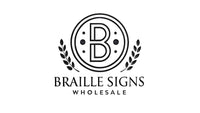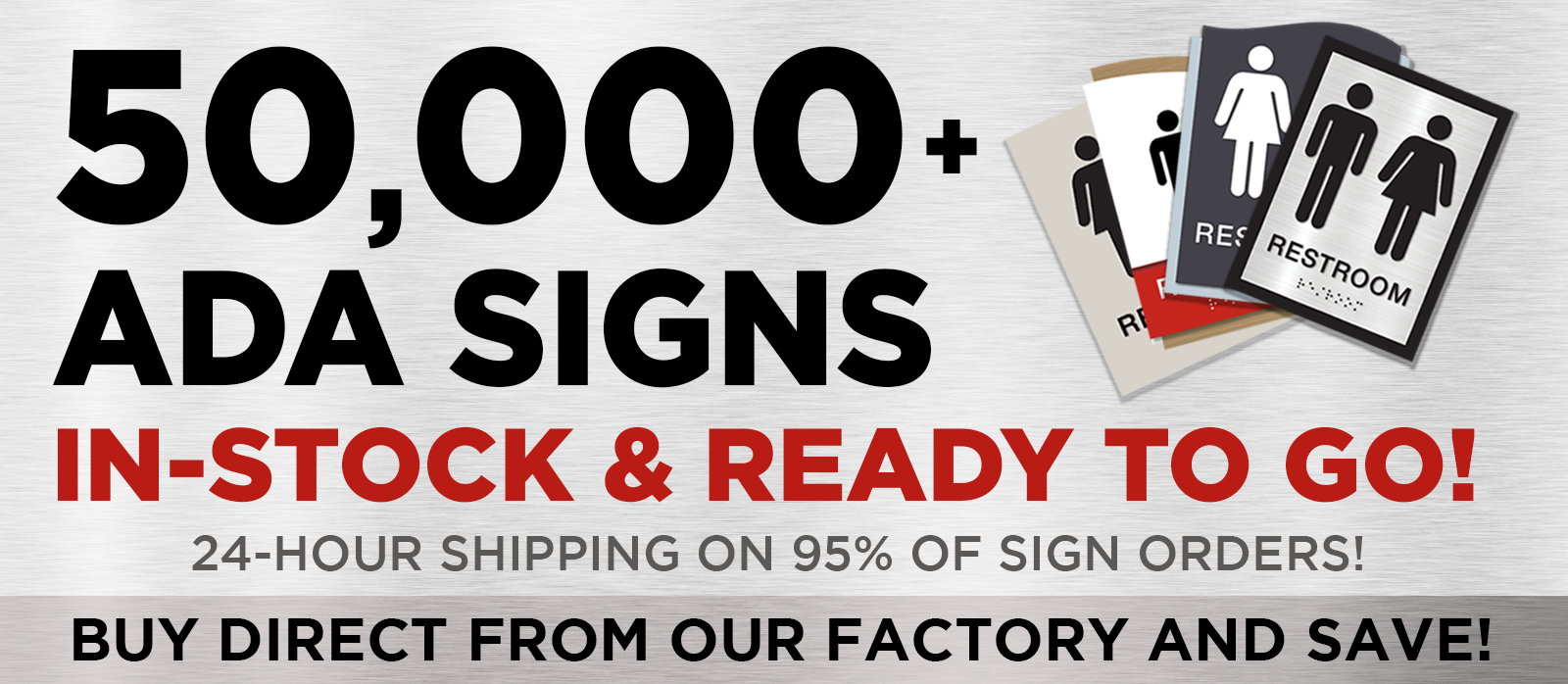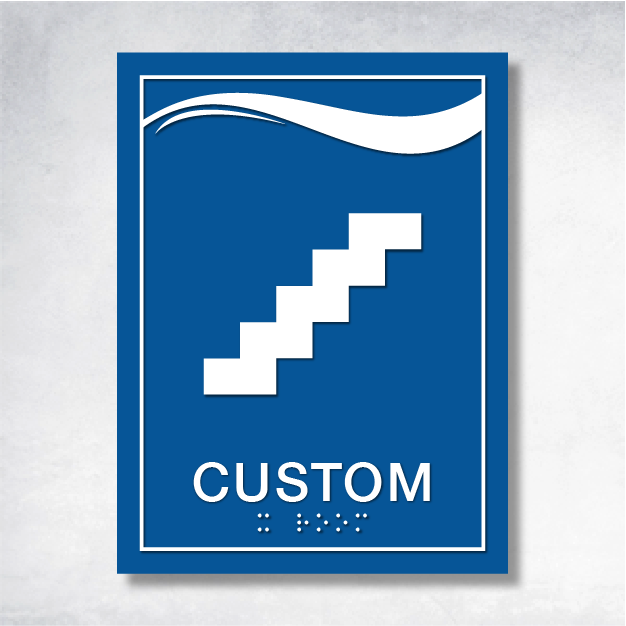Navigating the World of ADA-Compliant Signs: A Guide for Artful Business Owners
The Art of Inclusivity: Why ADA Compliance is Essential
Imagine walking into a space where every detail is thoughtfully curated, ensuring everyone feels welcome and included. That's the essence of ADA compliance. Beyond the hefty fines—up to $75,000 for a first violation—ensuring your business meets ADA standards is a commitment to accessibility and inclusivity. ADA-compliant signs are not just legal necessities; they are vital tools that enhance navigation and customer experience, making your business a beacon of accessibility for all, including individuals with disabilities.
Crafting Accessibility: The Anatomy of ADA-Compliant Signs
ADA-compliant signs are masterpieces of functionality and design. They feature tactile text and Grade 2 Braille, essential for visually impaired individuals to navigate spaces with independence and confidence. The magic lies in the details—high-contrast colors between text and background that make the signs readable for everyone. Picture an infographic that elegantly dissects an ADA-compliant sign, showcasing tactile features, contrast, and font specifications, turning compliance into an art form.
Beyond Compliance: The Impact of ADA-Compliant Signs
Investing in ADA-compliant signage is an artful decision that transcends legal obligations. These signs are your silent ambassadors, guiding customers to accessible features like restrooms and exits, and protecting your business from non-compliance fines. From a branding perspective, ADA compliance is a statement of your commitment to inclusivity, enhancing your brand's reputation and demonstrating that your business is a welcoming space for all.
The Art of Choosing the Perfect ADA Signs
- Traffic Flow as Your Canvas: Begin by assessing your facility’s layout. Identify key areas that require clear signage, considering the flow of traffic as your guiding brushstroke.
- Sustainable Materials: While not a requirement, choosing eco-friendly materials like recycled aluminum can align with your business’s sustainability goals, adding another layer to your brand's story.
- Customization as Creativity: Collaborate with signage companies to create signs that are both compliant and visually appealing. Tailored designs can meet both aesthetic and functional needs, turning compliance into a creative endeavor.
- Installation Precision: Ensure signs are installed at the correct height, typically between 48 to 60 inches from the ground, in strategic locations to meet ADA standards.
- Guidance at Your Fingertips: For comprehensive guidelines, visit ADA.gov.
Mastering the Details: Avoiding Common Mistakes
Even the most artful installations can falter with common mistakes. Incorrect mounting heights can render signs ineffective, so adhere to the 48 to 60 inches guideline. Font selection is another critical detail; avoid non-compliant fonts like italics or scripts, and opt for clear, sans-serif fonts to ensure readability.
Creating a Welcoming Space: Your Next Steps
Choosing ADA-compliant signs is a journey of thoughtful consideration of design, placement, and materials. By following these guidelines, you ensure your business is accessible and welcoming to all. For personalized guidance, consider seeking a free consultation to navigate ADA compliance effectively.
Explore Further: Resources for the Art of Compliance
- Innovative Signs - Navigating ADA Sign Compliance
- Capital Sign Solutions - Quick Guide to ADA Signage Requirements
- ADA Signs for Offices
- >Key Features of ADA Signs
Embrace ADA compliance as a fundamental aspect of your business strategy, ensuring accessibility and inclusivity for all. Let your business be a masterpiece of inclusivity, where every sign tells a story of welcome and accessibility.









